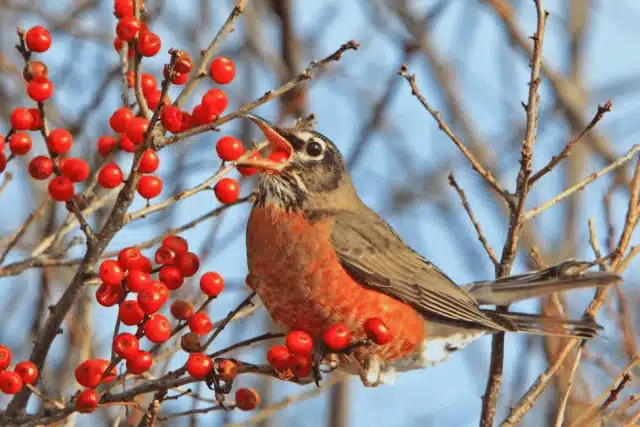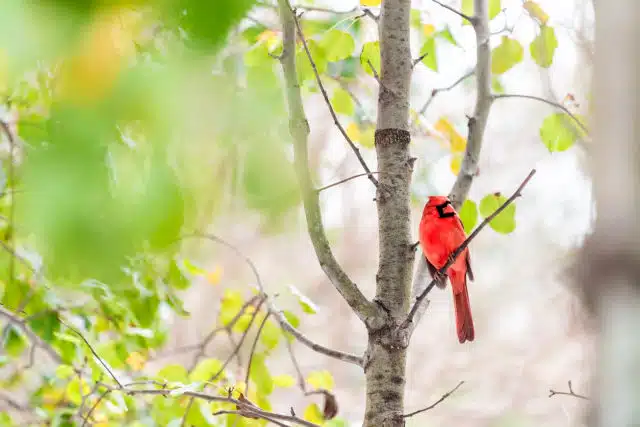
Backyard bird feeding is a popular and enjoyable activity for many nature enthusiasts. It offers a chance to observe and appreciate local wildlife up close. However, while bird feeding can be a positive experience, it also comes with responsibilities and ethical considerations. In this blog, we’ll explore the ethics of backyard bird feeding and provide guidance on best practices for feeders, placement, types of food, and cleaning to ensure a beneficial and humane experience for both birds and bird enthusiasts.
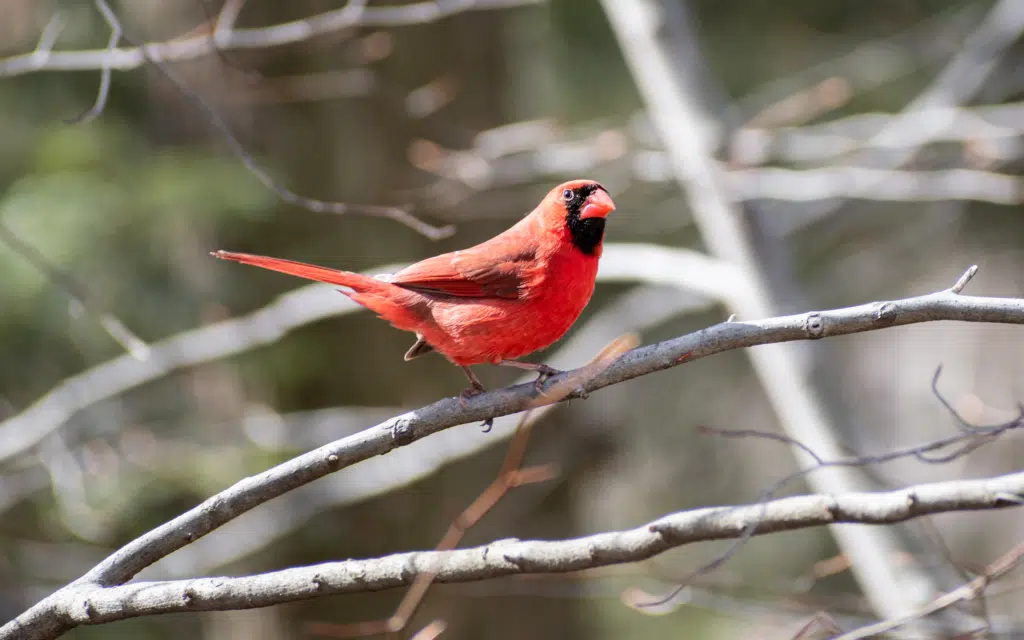
The Ethics of Bird Feeding
Before diving into practical advice, it’s important to understand the ethical considerations surrounding backyard bird feeding:
1. Impact on Bird Health: Improper feeding can lead to health issues in birds. For example, poor-quality food or feeders that aren’t cleaned regularly can cause diseases or attract pests. Overcrowded bird feeders have spread avian diseases including salmonellosis, avian pox, trichomoniasis, and conjunctivitis. Bird feeders facilitate non-natural intermingling that can spread disease from one bird species to another.
2. Environmental Considerations: Feeding birds should not disrupt local ecosystems or encourage unnatural behavior. It’s essential to consider how feeding practices fit into the broader environment. Always observe birds from a distance to avoid causing stress or disrupting their natural behavior. Use binoculars or cameras with zoom lenses to enjoy close-up views without intruding.
Best Practices Guide
Picking and Placing your Feeder
1. Types of Feeders: Choose feeders based on the types of birds you want to attract. If you want to attract the greatest variety of birds and reduce competition, provide multiple different feeder types with a diverse selection of food. Common types include:
– Tube Feeders: Ideal for small birds like finches and chickadees. They reduce waste and are easy to clean.
– Hopper Feeders: Suitable for a variety of birds and can hold larger quantities of seed.
– Platform Feeders: Attract ground-feeding birds such as sparrows and juncos, but be mindful of attracting unwanted pests. Provide adequate drainage and routinely clean these feeders since they can accumulate bird droppings that can cause disease if ingested by other birds.
– Nyjer (Thistle) Feeders: Designed specifically for small seed-eating birds like goldfinches.
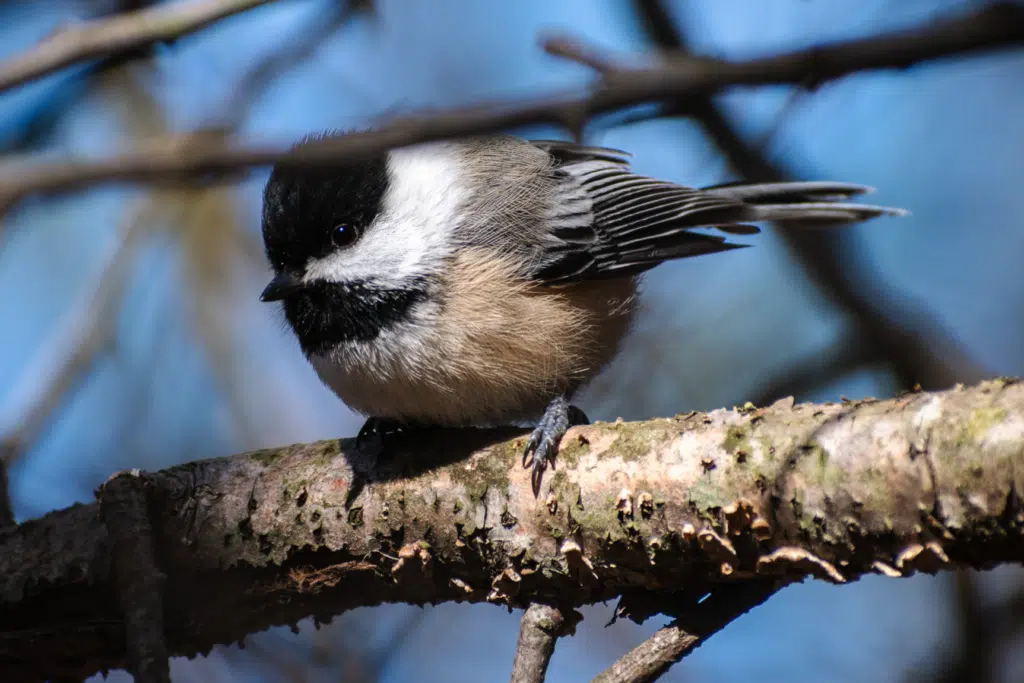
2. Feeder Placement:
– Safety: Place feeders at least 10 feet away from windows to prevent birds from flying into them. Ideally, place them near cover like shrubs or trees where birds can take refuge from predators.
– Accessibility: Ensure feeders are easy for birds to reach but out of reach of larger predators like cats and raccoons. To keep squirrels and other pests from raiding your feeders, use squirrel-proof feeders or baffles.
– Visibility: Place feeders where you can comfortably view them from your home, which enhances your bird-watching experience.
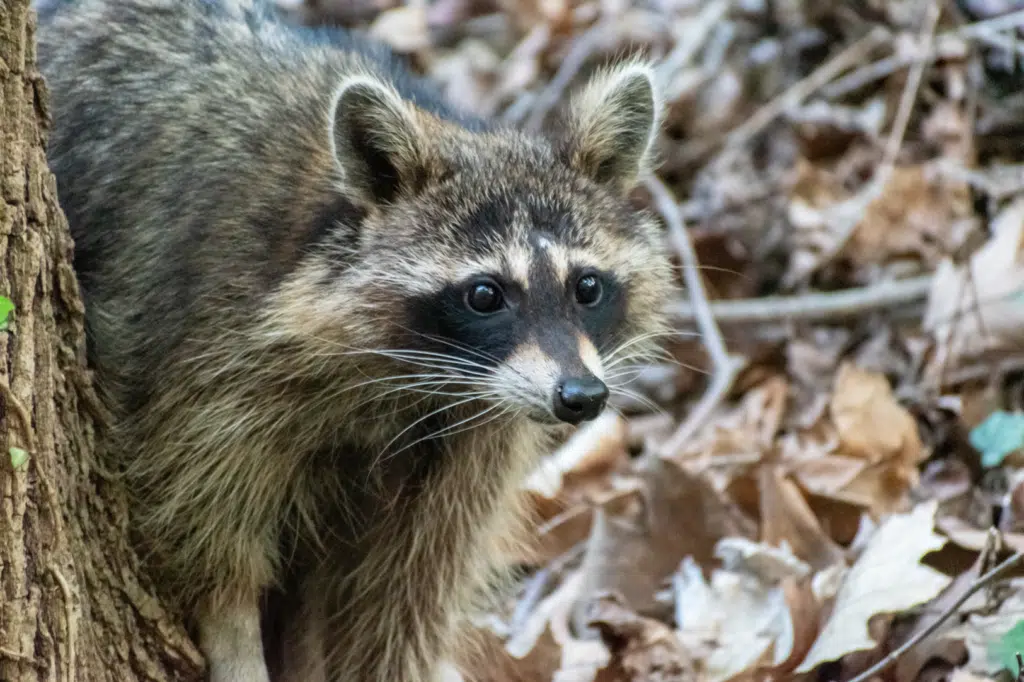
Choosing the Right Food
1. Seed Mixes: Opt for high-quality seed mixes that include a variety of seeds to cater to different bird species. Black oil sunflower seeds are a favorite for most species. Avoid mixes with fillers like red millet, oats, or corn, which many birds find less appealing.
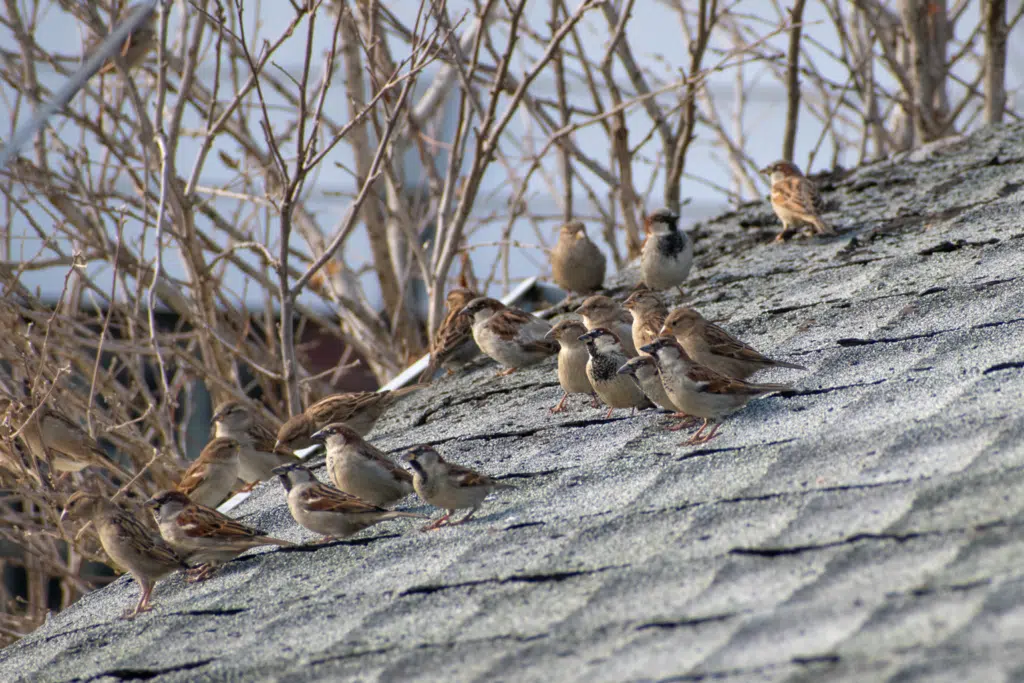
2. Specialized Foods:
– Suet: High-energy food that attracts woodpeckers and other insect-eating birds. It’s especially useful during colder months.
– Safflower: Has a thick shell that is hard for some birds to crack open, but it is rumored that House Sparrows, European Starlings, and squirrels will avoid safflower. If you find your feeder has become overrun with pests, I would give this a try.
– Nectar: Use specially formulated nectar for hummingbirds. Avoid homemade nectar with red dye, as it can be harmful to their health.
3. Avoid Harmful Foods: Do not use bread, salted nuts, or processed foods, as they can be detrimental to birds’ health.
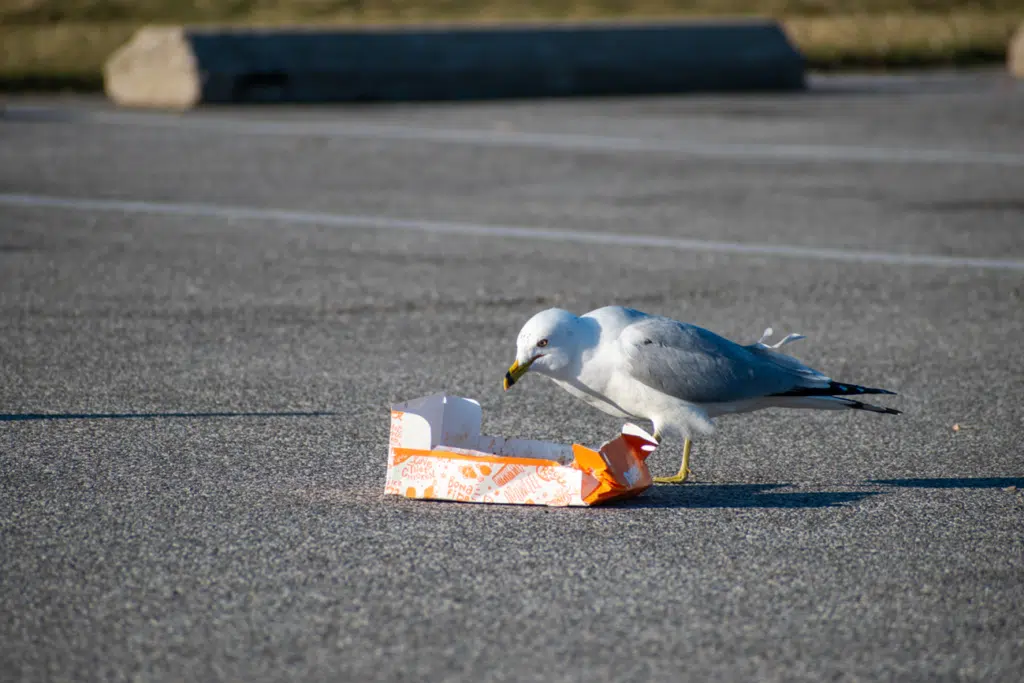
4. Regardless of what food you choose, avoid overfilling feeders, as uneaten seeds can become moldy or attract pests. Fill feeders in moderation and refill as needed.
Cleaning and Maintenance
1. Regular Cleaning: Clean feeders at least once every two weeks to prevent mold and bacteria growth. Use a solution of boiling water and mild soap, or diluted bleach (1 part bleach to 9 parts water) and thoroughly rinse and dry the feeder before refilling.
2. Sanitation: During periods of high humidity or if you notice a lot of waste or droppings, increase the frequency of cleaning. This helps prevent the spread of diseases such as salmonella and avian pox.
3. Monitor Bird Health: Keep an eye out for sick or injured birds at your feeder. If you notice any problems, it’s a good idea to contact local wildlife rehabilitators for advice. If disease is suspected, clean feeders thoroughly and consider temporarily removing the feeder to prevent further spread.
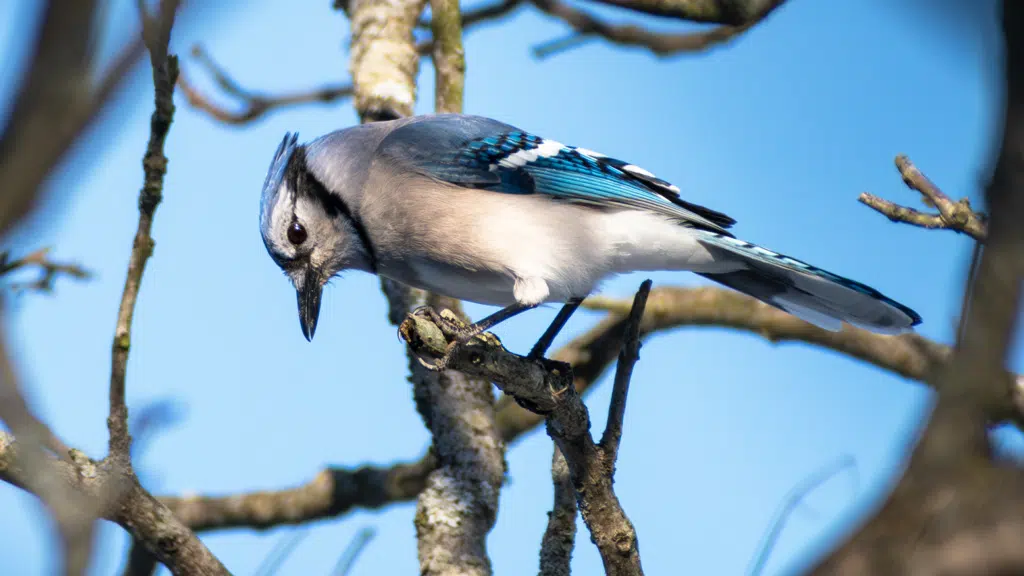
Conclusion
Backyard bird feeding can be a rewarding and ethical activity if approached with care and responsibility. By selecting appropriate feeders, placing them thoughtfully, choosing the right food, and maintaining cleanliness, you can create a safe and enjoyable environment for birds while minimizing any negative impact. With these practices, you’ll not only attract a variety of native bird species to your yard but also contribute positively to their well-being and the local ecosystem. Happy bird-watching!

Kenzie Morris
Conservation Intern
Kenzie was the conservation intern for the Summer of 2024 at HF&G and is currently a senior at The College of Wooster studying Environmental Studies and Conservation.



